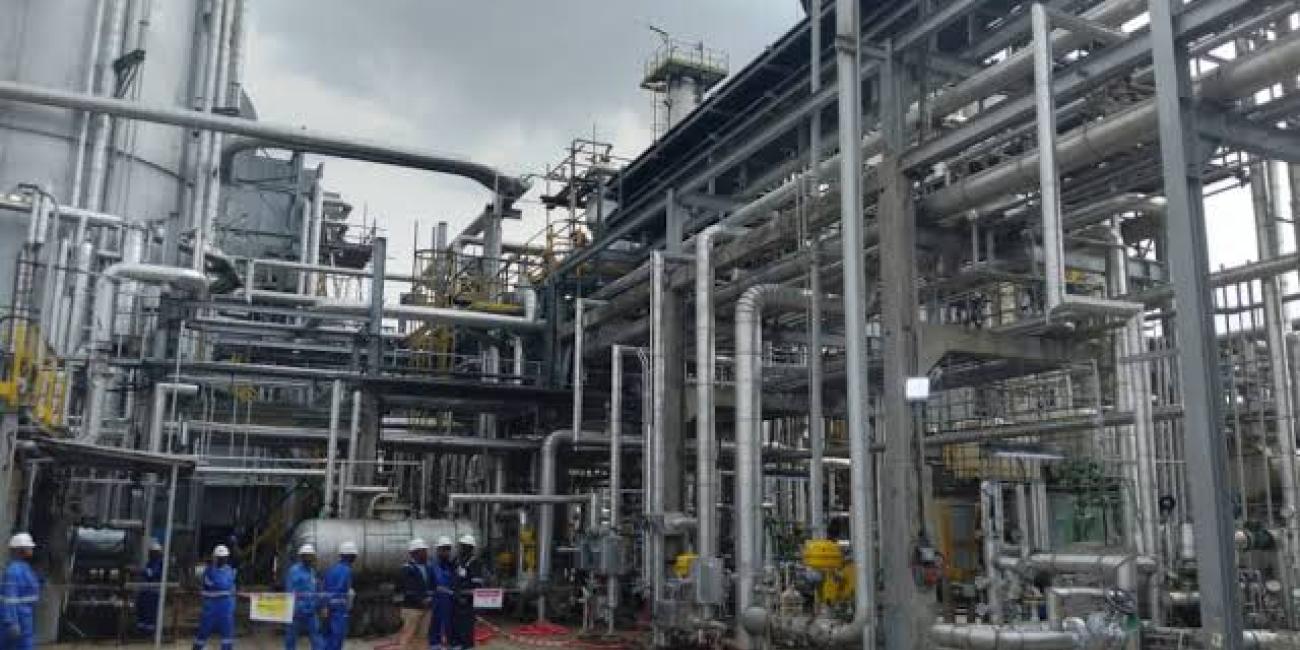PUNCH
The reactivation of the Port Harcourt refinery on Tuesday marks a significant turning point for Nigeria’s downstream oil sector, after years of stalled attempts. With its return, the refinery is set to rival the already operational Dangote refinery in contributing to Nigeria’s aim of becoming a petrol-exporting nation, writes LAOLU AFOLABI
In an unprecedented announcement, the Nigerian National Petroleum Company Limited announced on Tuesday morning that the previously moribund Port Harcourt Refinery was now operational and would begin daily product loading for marketers.
NNPCL confirmed that the previously idle refinery, located in the Alesa Eleme refinery complex, about 25 kilometres east of Port Harcourt, had been successfully revitalised and was loading petroleum products for distribution to marketers.
The announcement of a significant milestone in Nigeria’s efforts to enhance domestic refining capacity caught many unawares. Before the Tuesday rollout day, there had been a sorry state of failure in the delivery of the refinery. After its missed production rollout deadline for the seventh time in September, the oil giant tactically withdrew from promising any new date.
Maire Tecnimont SpA, the contractor overseeing the refinery’s rehabilitation, stated that it could not disclose details of the rehabilitation process, including the proposed completion date of the project.
The company’s Chief Corporate Communications Officer, Femi Soneye, announced in a terse message on his X.com handle, “Port Harcourt Refinery Begins Production; Truck Loading Starts Today, Tuesday!”
In another statement, he said, “The Nigerian National Petroleum Company (NNPC) Ltd has fulfilled its pledge of re-streaming the Port Harcourt Refining Company (PHRC), signalling the commencement of crude oil processing from the plant and delivery of petroleum products into the market.”
On Tuesday, trucks began loading petroleum products, including Premium Motor Spirit (petrol), Automotive Gas Oil (diesel) and Household Kerosene (kerosene), while other product slates were also scheduled for dispatch.
For the rehabilitated Port Harcourt refinery, it was a long, rough road to its rehabilitation and fuel production after years of failed and unfulfilled promises by the government.
The refinery has two wings – the old refinery, built and put to use in 1965 with a refining capacity of 60,000 barrels of oil per day, and the new plant producing 150,000bpd, both summing up to 210,000bpd. The oil refinery came on stream on Tuesday and about 200 trucks loaded at the gantry.
In a statement by the Special Adviser to the President (Media and Public Communications), Sunday Dare, “The Port Harcourt Refinery has two wings. The old refinery comes on stream today with an installed production capacity of 60,000 barrels per day of crude oil. About 200 trucks are expected to load products daily from the refinery Renewing the Hopes of Nigeria.”
The NNPC said it had fulfilled its pledge of re-streaming the Port Harcourt refinery, signalling the commencement of crude oil processing from the plant and delivery of petroleum products into the market.
Speaking during a brief ceremony to mark the commencement of product loading at the refinery in Port Harcourt, the Group CEO, Mele Kyari, described the commencement of the loadout activities as a monumental achievement for Nigeria.
He thanked President Bola Tinubu for his unwavering support and understanding towards the rehabilitation project and for his persistence in ensuring energy security for the country.


